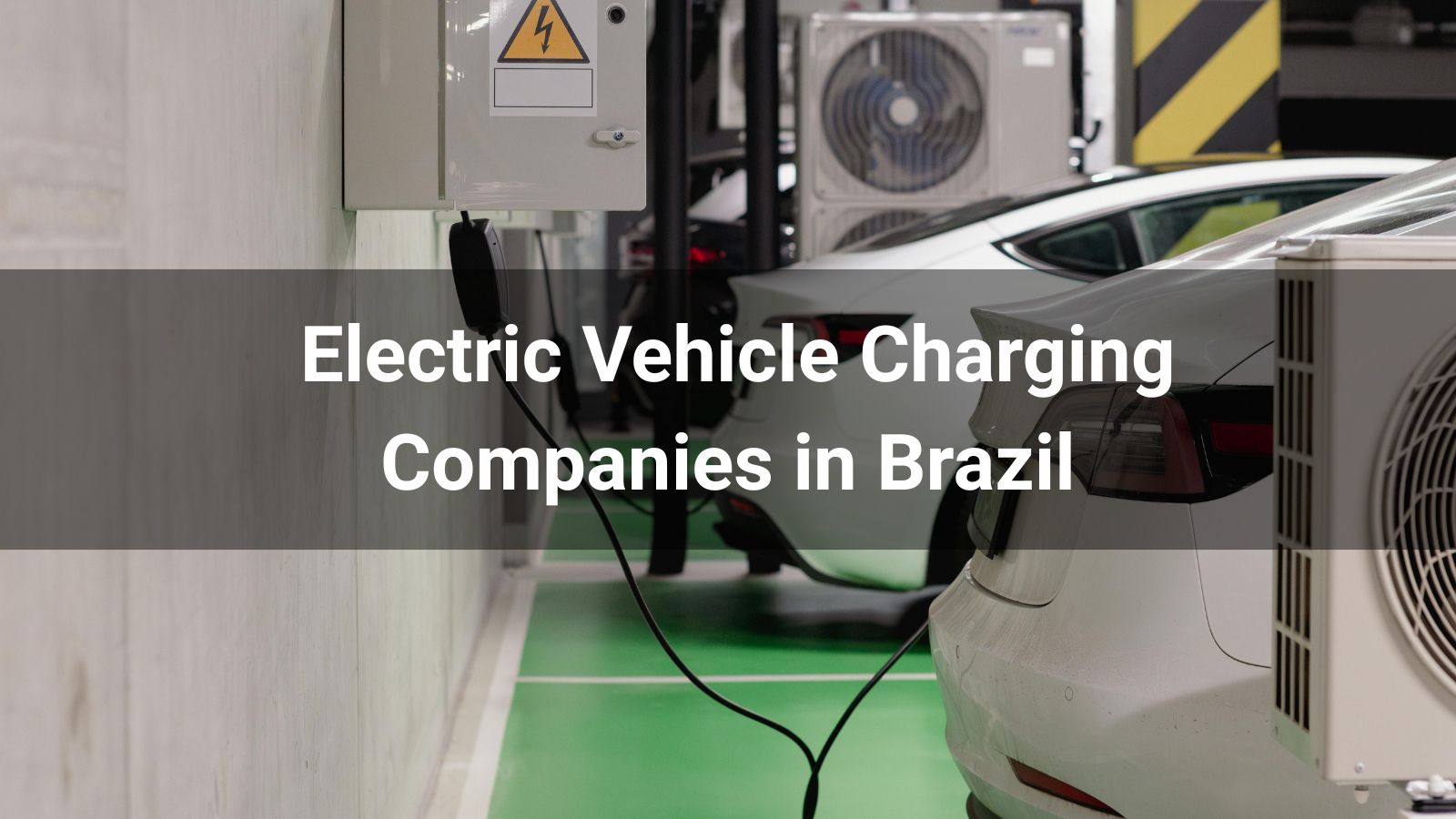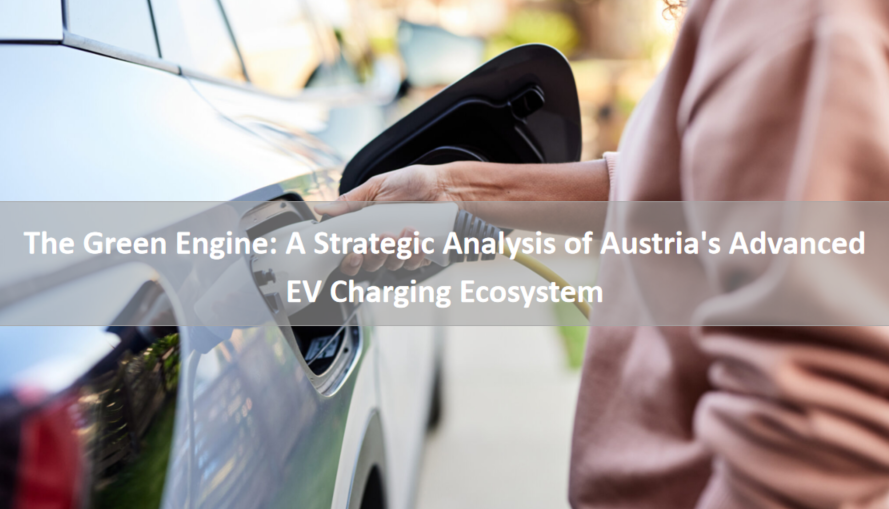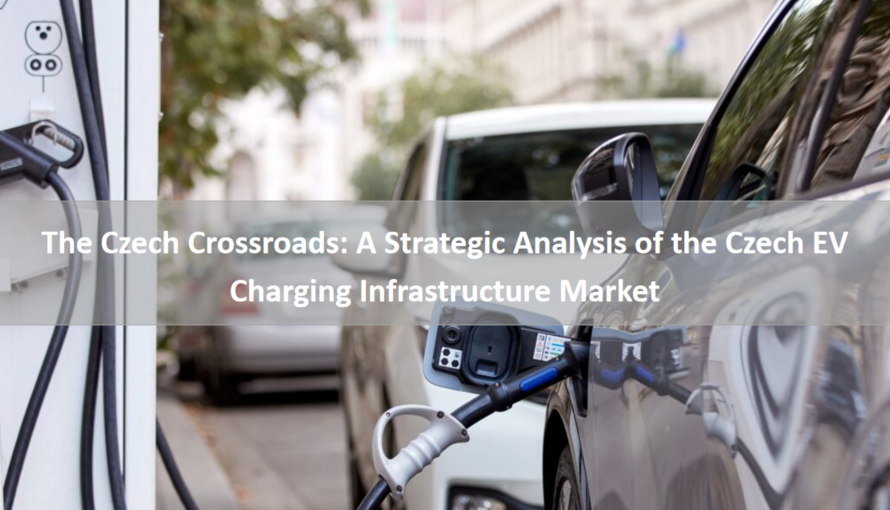
The electric vehicle market in the UK is growing at remarkable speed. As of September 2025, more than 1.7 million fully electric cars are on UK roads, making up nearly five per cent of the total car fleet. So far this year, around 349,000 new EVs have been registered, accounting for over one in five new car sales. According to recent national data, the UK now ranks among the top European markets for electric vehicle readiness, marking one of the largest year-on-year improvements worldwide.
This rapid growth has been supported by the expansion of reliable charging infrastructure across the country. Specialists such as Electrassure have played an important role in helping businesses and organisations roll out dependable charging solutions, ensuring that the transition to electric transport is backed by accessible, well-managed infrastructure.
The shift is clear: electric mobility has moved beyond early adopters and into the mainstream. This article explores how government policy, infrastructure, consumer attitudes, manufacturing trends and battery innovation are collectively shaping the UK’s electric future and what lies ahead on the road to 2035.
Government policy continues to be one of the most powerful drivers of electric vehicle adoption.
In 2025, the UK reinstated selected electric car grants, reducing upfront costs for buyers. This was supported by a £63 million investment to expand charging infrastructure and strengthen local delivery. The government has also reaffirmed its 2035 ban on new petrol and diesel vehicles, providing a clear long-term signal to manufacturers and consumers alike.
Under the Zero Emission Vehicle mandate, carmakers must ensure that an increasing share of their annual sales are fully electric. Failure to meet these quotas can lead to financial penalties or the purchase of credits from compliant manufacturers.
Support extends to local authorities as well. Funding schemes such as the Local EV Infrastructure Fund and the Rapid Charge Fund are helping councils install charging points and upgrade energy networks across the country. Employers can still apply for workplace charging grants until March 2026, after which funding is expected to close.
Together, these measures are doing more than encouraging sales; they are laying the foundation for a national electric transport network.
A nationwide charging network is essential to the continued success of electric mobility. Without it, confidence falters and progress slows.
By late 2025, the UK had installed more than 86,000 public chargers, representing a 22 per cent increase in just one year. Of these, over 9,000 are ultra-rapid chargers capable of replenishing range in minutes, up 51 per cent from the previous year. The number of charge points has grown by more than 400 per cent since 2020.
The ambition is even greater. Government projections call for 300,000 public charge points by 2030 and as many as 800,000 by 2040. Yet progress still falls short of these targets, and some rural or economically weaker regions remain underserved.
Private investment is now stepping in to fill the gap, with new networks developing high-capacity charging hubs, renewable-powered stations and smarter load management systems. These innovations are helping to improve reliability, standardise payment systems and integrate smart-grid technology to prevent energy bottlenecks.
As the network grows, the focus is shifting from simply installing chargers to optimising how people use them.
Behind every statistic is a changing mindset. British drivers are increasingly open to electric vehicles, driven by the promise of lower running costs, environmental benefits and improving convenience.
One in five new battery electric vehicles now costs less than the average petrol or diesel car, though the overall average price remains higher, at around £49,000 compared with £34,000 for a conventional model. Range anxiety is steadily declining as charging infrastructure expands and technology improves, though cost and accessibility still influence most purchasing decisions.
In 2024, electric vehicles accounted for nearly 20 per cent of all new car sales, climbing to around 22 per cent this year. However, the UK’s national readiness index still sits below fifty out of one hundred, reflecting ongoing concern about infrastructure and affordability.
For businesses, the transition is well under way. Fleet electrification, supported by tax benefits and leasing options, is making electric transport a practical choice for company vehicles. As more people experience EVs through work, private adoption is expected to follow.
The consumer journey is evolving from curiosity to confidence, and increasingly to commitment.
The move to electric vehicles is not just changing what Britons drive; it is also redefining what the country produces.
The UK Battery Strategy sets out an ambitious plan to build a domestic supply chain for batteries and critical materials, reducing reliance on imports and creating new opportunities for innovation. Investment in gigafactories and related manufacturing hubs is supporting vehicle production and advancing research into sustainable energy storage.
Many manufacturers are expanding their electric operations and research bases in the UK, focusing on high-value engineering and sustainable production. Although competition from international markets remains strong, the UK’s strengths lie in advanced design, technical expertise and stable regulation.
The challenge now is to scale efficiently and position the UK as a competitive hub for innovation, design and export in the decade ahead.
If the electric vehicle industry is the engine of progress, batteries are its heart. Their development will determine not only the pace of adoption but also the environmental sustainability of the wider industry.
Current UK regulations require manufacturers to recover at least half of all battery materials by 2025, increasing to 70 per cent by 2030. Manufacturers must also collect and recycle end-of-life batteries at no cost to consumers. This is driving growth in recycling, reuse and second-life applications, including repurposing used batteries for energy storage.
Government funding and private research are accelerating breakthroughs in battery chemistry, improving performance while reducing reliance on scarce minerals such as lithium, cobalt and nickel. The goal is to close the loop between production and recovery, creating a truly circular battery economy that supports long-term sustainability.
Despite impressive progress, the path to full electrification still faces obstacles.
The national power grid must adapt to meet rising demand from homes, fleets and charging stations. Smart charging and renewable integration are essential to maintaining stability and preventing localised strain. Meanwhile, the uneven distribution of public chargers risks creating a postcode lottery for EV owners.
Cost remains another hurdle. Although prices are falling, batteries still account for a large portion of vehicle cost, and concerns about depreciation can deter some buyers. To meet 2030 targets, installation rates must also increase significantly, as the current pace of growth will not be enough to meet demand.
Finally, ensuring interoperability and consistent user experience across different charging networks is vital. Standards and regulation will need to evolve alongside technology to guarantee reliability and convenience.
For the EV market to stay on course, infrastructure, affordability and accessibility must progress together.
Looking ahead, the UK’s electric vehicle market appears poised for another wave of expansion.
Analysts expect around 440,000 new electric vehicle sales in 2025, rising steadily towards 2030 as more affordable models reach the market. Once EVs account for roughly one third of all new registrations, adoption could accelerate naturally as infrastructure improves and the used EV market expands.
Emerging technologies will also play a vital role. Vehicle-to-grid systems could soon allow EVs to support the national grid during periods of high demand, while advances in solid-state batteries and ultra-fast charging promise longer lifespans and shorter charge times.
By the early 2030s, shared and autonomous transport models may merge with electrification, reshaping how people think about vehicle ownership entirely.
If policy, innovation and investment remain aligned, the UK could establish itself as a global leader in sustainable mobility.
The UK’s journey towards an electric future is well under way. With more than 1.7 million EVs already on the road and adoption accelerating each year, the foundations for long-term change are firmly in place. Yet the transition is not just about replacing engines with batteries; it is about transforming the way the nation moves, powers and connects.
Success will depend on continued collaboration between policymakers, manufacturers, consumers and infrastructure providers such as Electrassure, whose expertise in charging solutions helps bridge the gap between ambition and accessibility. Together, these efforts will determine whether the UK not only meets its 2035 targets but also sets a new global benchmark for sustainable transport.
For now, one thing is certain: the road ahead is electric, and the journey has only just begun.







